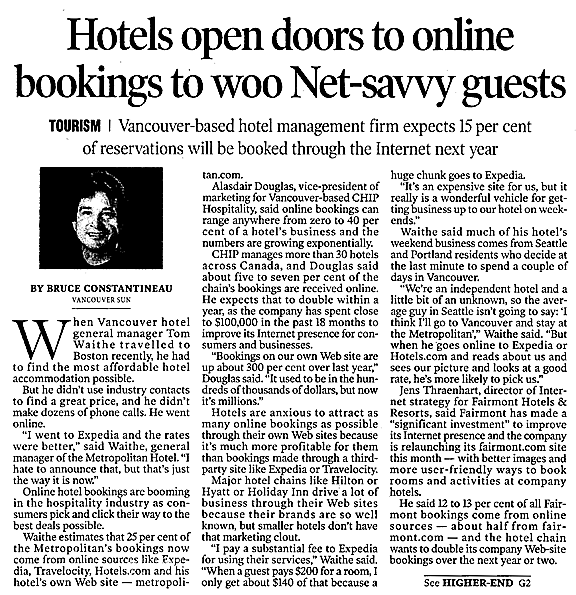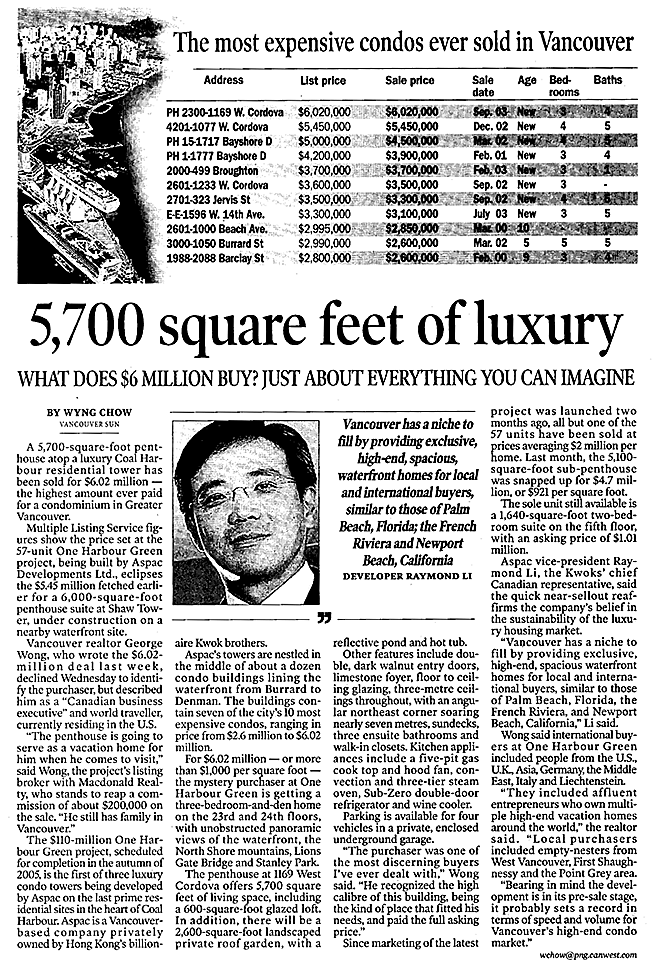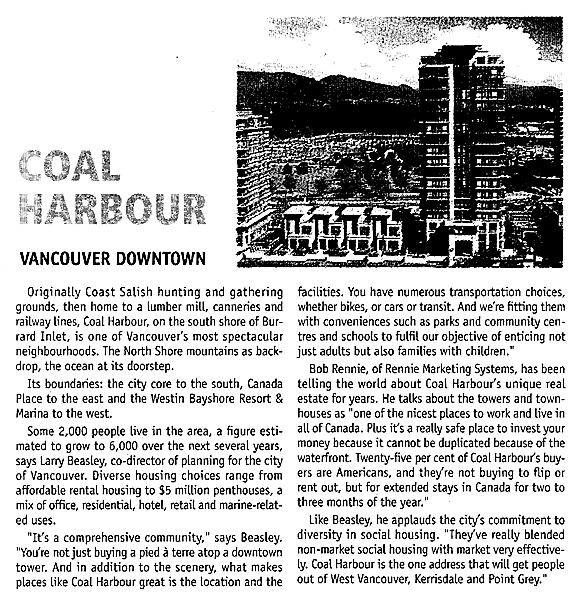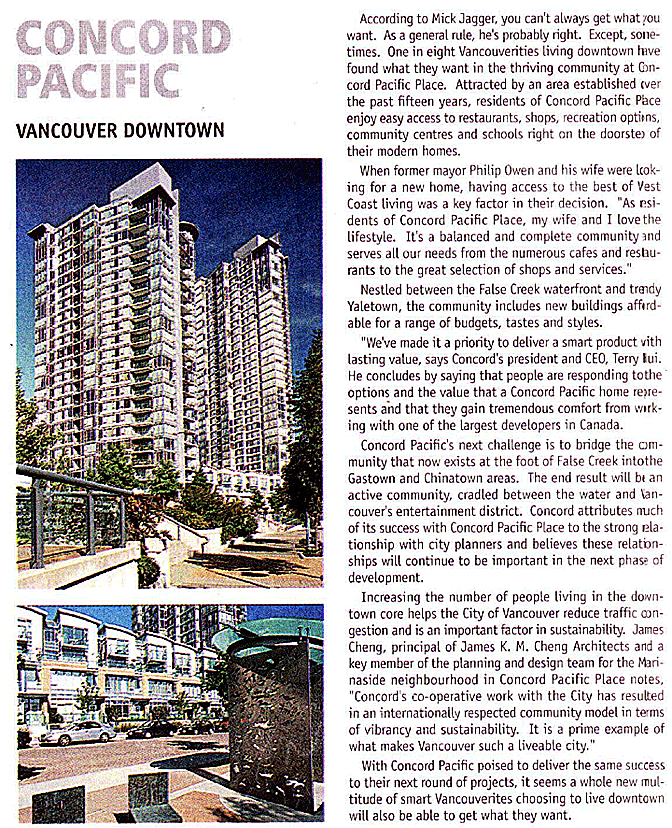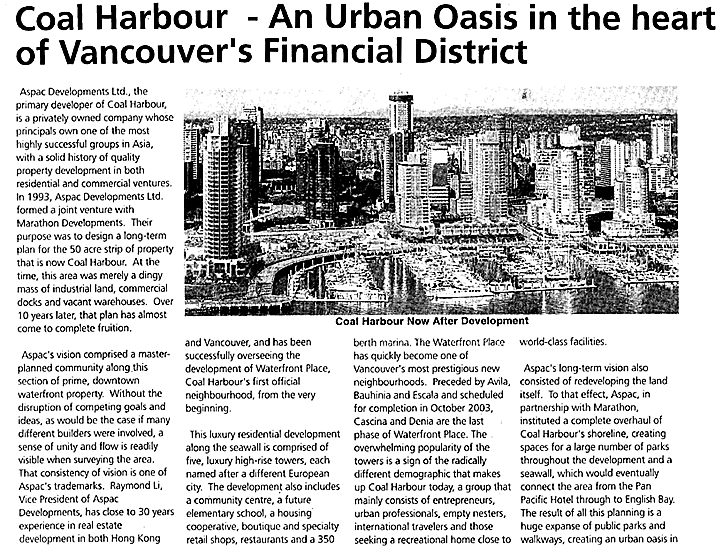The cost of building a $250,000 house could increase by more than $50,000
Gillian Shaw
Sun
A shortage of skilled tradespeople could push labour rates up by as much as 50 per cent within five years, according to B.C. Construction Association president Michael Geoghegan.
That could add over $50,000 to the cost of building a $250,000 house, excluding land, in Greater Vancouver by the year 2008.
Geoghegan said simple economics could drive wages up as demand for skilled trades exceeds supply.
“If the supply issues are not addressed, and we don’t see an uplift happening … we think it is quite possible that wages could go up 50 per cent in the next three to five years,” Geoghegan said. “That is basic economics.”
Geoghegan, whose association has 1,700 member companies, mostly in commercial and industrial construction, said there are one million people working in construction in Canada and that number is projected to grow by six per cent a year for the next three years.
“After that, we are predicting the numbers will drop to two per cent and it’s not because of a lack of demand, but because of a lack of supply,” he said.
If Geoghegan is right, today’s $35-an-hour plumber or boilermaker would command more than $50 an hour by 2008.
Industry experts agree trade rates are likely to rise sharply.
Wayne Peppard, executive director of the B.C. Building Trades Council, which represents 35,000 tradespeople in the province, concurred that a 50-per-cent increase is possible. He said with apprenticeship training programs being changed so that apprentices don’t have to spend the time getting their full qualifications, those that do will be able to command a premium
“People with papers will be valuable and they could be demanding those types of prices, there is no doubt about it,” he said. “Whether we can negotiate that in agreements is a whole other story.”
Peppard pointed to U.S. rates, which are higher than rates here, as evidence B.C.’s trades earnings aren’t in line with industry standards in other parts of North America.
In the U.S. Pacific Northwest, Peppard said, the negotiated union wage, including benefits, for boilermakers is $40.51 US an hour ($52.89 Cdn) with a projected increase of $7.23 US ($9.44 Cdn). By comparison, boilermakers here make $35 Cdn an hour in wages and benefits. The average craft rate across the board for the Pacific Northwest tradespeople is $38.50 US or $50.27 Cdn. Many trades here earn around $35 Cdn an hour.
Kerry Jothen, chief executive officer of Human Capital Strategies and a labour market analyst, said Geoghegan’s projections aren’t unrealistic if measures to change the demand/supply scenario aren’t taken.
“I don’t think that’s way out of line,” he said. “On the demand side, there could be a lot of activity, not just with the [2010 Winter] Games but with other big projects, and you combine that with the supply side in construction, which has some of the oldest work force, and he [Geoghegan] may not be far off.”
Jothen pointed to a Conference Board of Canada prediction that suggested that by 2010, the shortage of skilled trades will cause problems such as higher wages and risk of rapid inflation.
“They pointed to problems already showing up in Western Canada, where projects are delayed and cost overruns have been experienced,” he said.
Jake Friesen, president of the Greater Vancouver Home Builders’ Association, said he also believes wages will rise sharply.
“I’m not going to predict the future,” he said, “[but] wages will go up and they should, because a lot have been kept down for the last 10 years; wages were kept down because of supply and demand.
“I would venture to say wages will go up severely, because there aren’t enough new tradespeople being trained,” he said.
Of the several experts contacted by The Vancouver Sun, only M.J. Whitemarsh, chief executive officer of the Canadian Home Builders Association of B.C., said she thought Geoghegan’s projections were out of line.
“The home-building industry for B.C. does not agree with the construction industry, with Michael Geoghegan and what he is saying about the increase in salaries for our industry,” she said. “It’s just not going to happen.”
Geoghegan said if wage rates increased, more young people may be convinced that a career in trades is worth pursuing.
“The downside of the increase is that construction will be more expensive, but it will bring more people into the sector,” he said.
Geoghegan said labour costs account for about 70 per cent of a construction project, and he pointed out that large labour increases will inflate the bill for such upcoming projects as the Olympic venues, the Sea-to-Sky Highway construction, rapid transit and the convention centre.
He said while young people are encouraged to go to university, many could be acquiring a skill that would offer them job security and the ability to find work virtually anywhere in the world.
“We don’t need another young person spending four years and going $40,000 into debt to end up serving lattes,” he said. “What we need are people who will earn while they learn, developing skills, so by the end of four years, they’re already buying their first home or driving a new truck or family sedan.”
© Copyright 2003 Vancouver Sun


